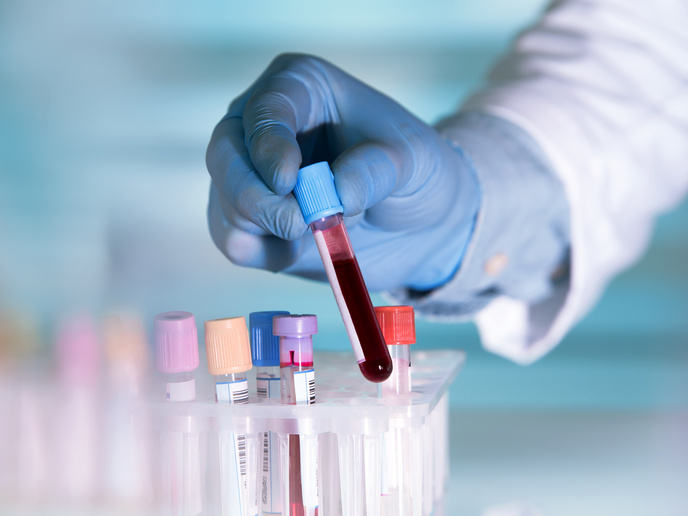DNA modifications in immune response
Complex pathological conditions such as cancer and autoimmune diseases require an enhanced understanding of the fundamentals of human biology. The EU-funded project 'Targeting of DNA deaminase AID via transcription and the RNA pol II elongation complex' (AID RECRUITMENT) aimed to provide new insights regarding functions of the human immune system and its connections with the onset of disease. The survival of the organism requires the DNA in somatic tissue to be stable so as to avoid pathologies such as cancer. In the immune system, mutations (and therefore a degree of instability) are required to provide a range of antibodies to fight all invading pathogens. Activation-induced deaminase (AID) is a member of the family of proteins that deaminate cytosine (or 5-methyl cytosine) in DNA leading to uracil (thymidine). These base modifications can lead to repair, DNA demethylation, mutagenesis, recombination or viral/foreign DNA elimination. Studies had implicated that AID also plays an important role during epigenetic reprogramming through deamination of the methylated cytosines. Epigenetic changes are alterations in the function of the genome that do not require changes in the DNA sequence. Importantly, the epigenetic status of a genome is usually altered in cancer cells. Researchers found that there is a size limitation within the AID molecule and so the deaminase can only accept methyl-cytosine modifications. This provided a novel fundamental insight in that AID is not able to alter other DNA epigenetic marks, such as hydroxy-methyl cytosine. The key question to be answered for better understanding the AID function is: Why are certain cytosines more likely to be targeted by DNA deaminases than others? Researchers discovered that AID associates itself with the gene-expressing machinery (RNA polymerase II) in order to reach its target. They found that AID was able to influence the RNA polymerase II activity at target sites. Researchers presented their findings in several publications in high-level journals. They also re-analysed publicly available cancer patient databases that contained mutations in key regulatory genes — i.e. the tumour suppressors. Analysis of the 'footprints' of the DNA deaminases (including AID) revealed a strong correlation of putative mutator (DNA deaminases) and cancer type (colon, skin, liver, etc.). This information and data on AID regulation by hormones were presented in a comprehensive review of papers. Fundamental studies of AID function and regulation during normal growth and development will provide insight into how DNA mutations can arise in pathology.







